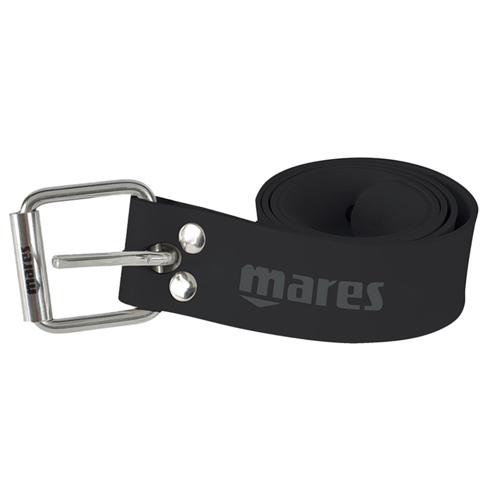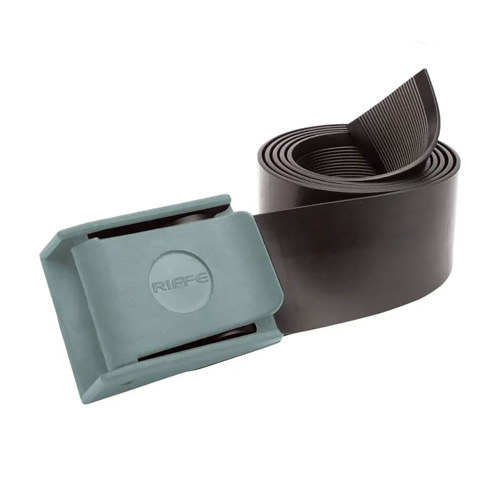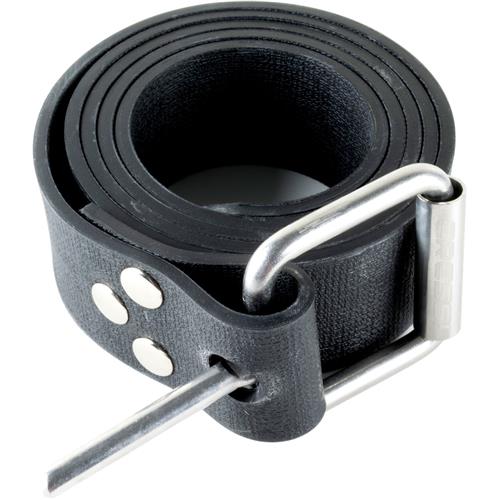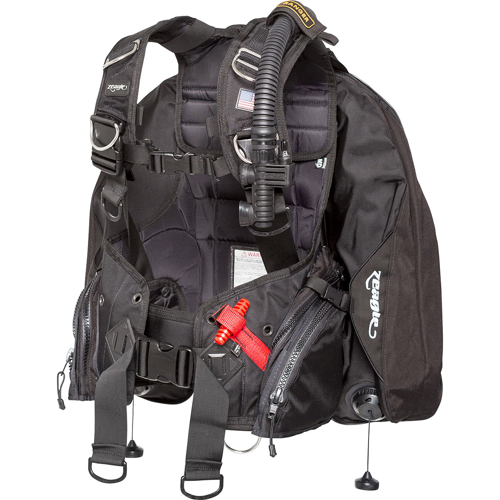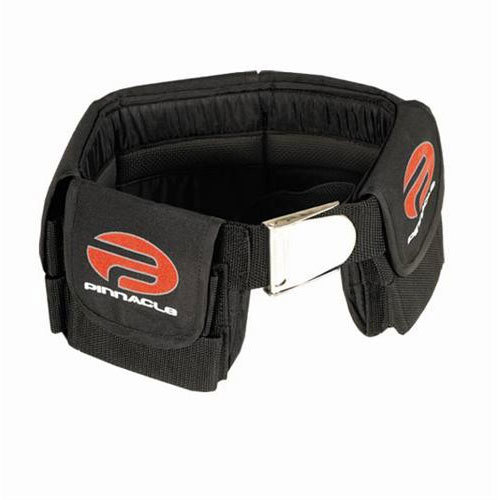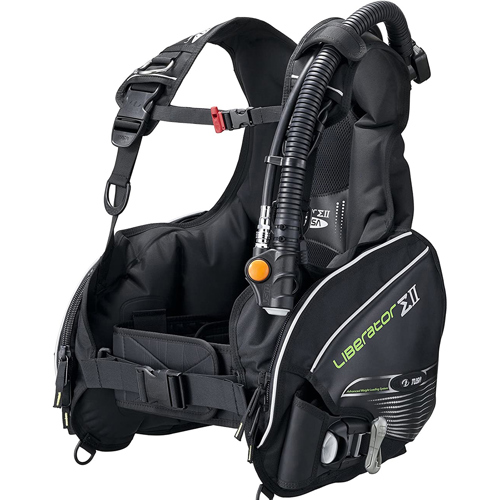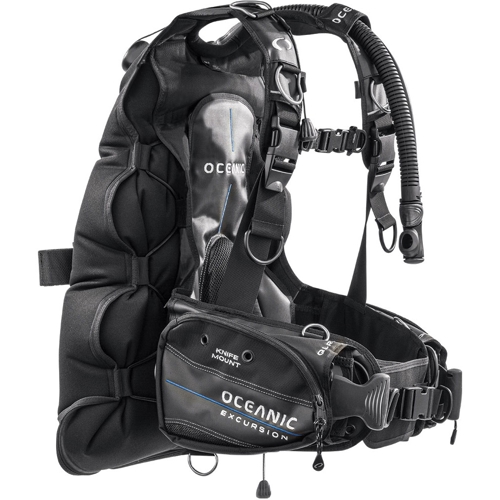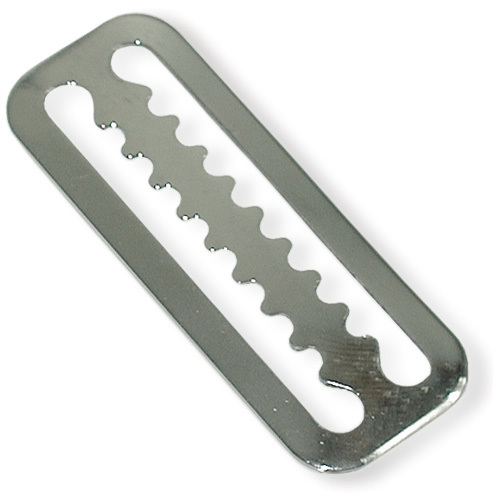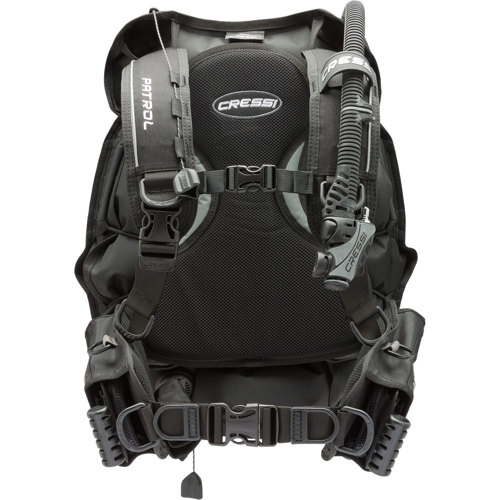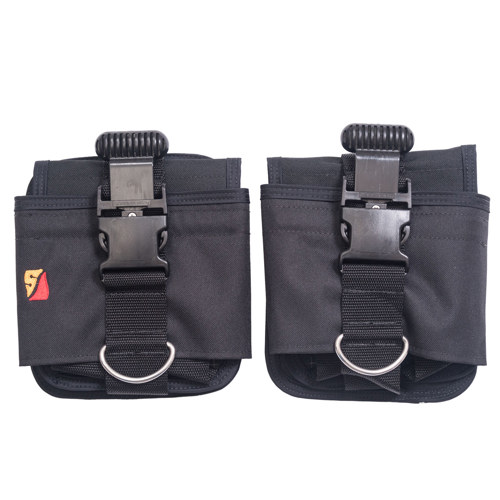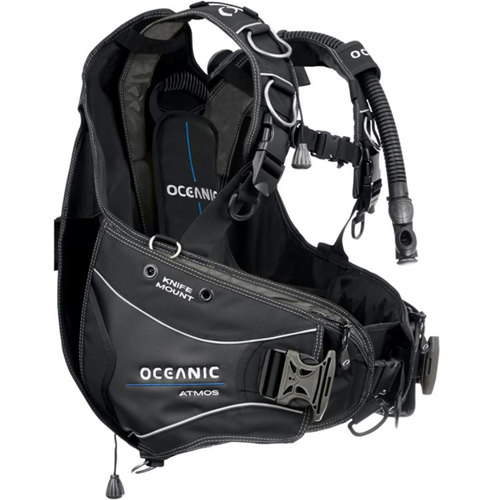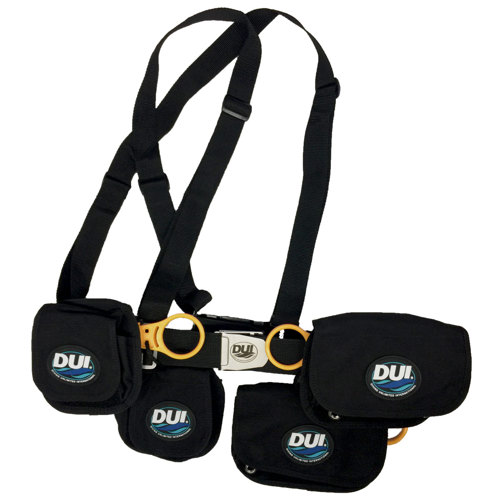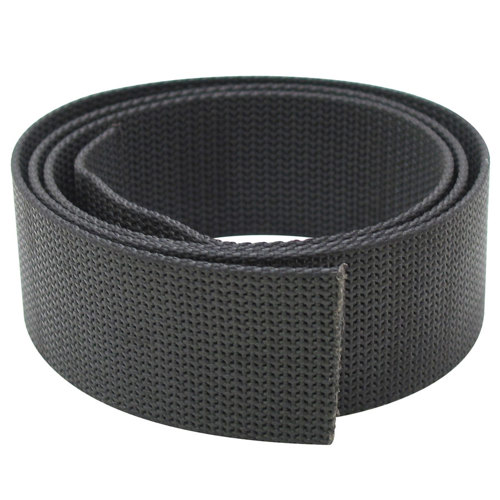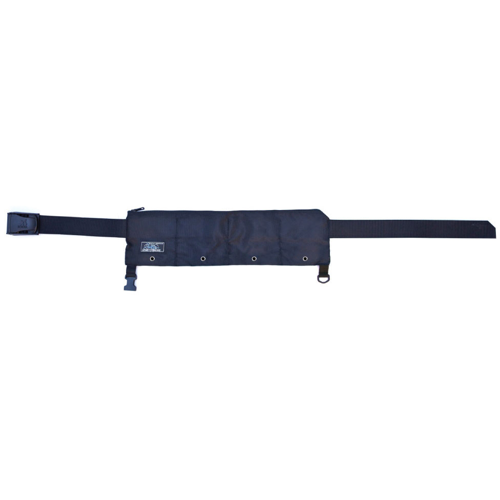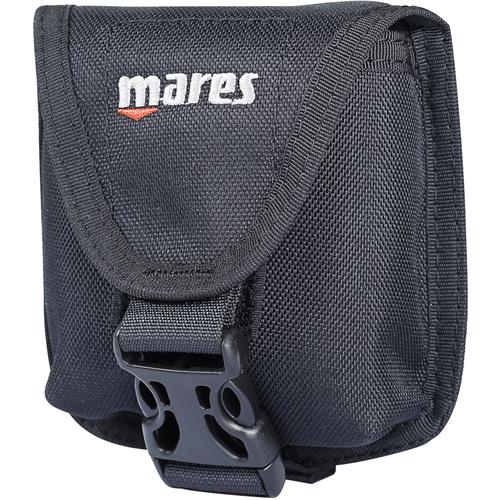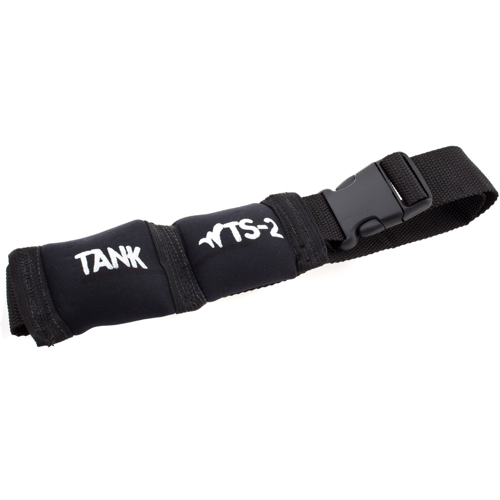Depth Compensating Weight Belts
When it comes to achieving perfect buoyancy control underwater, few pieces of gear are as essential—or as often overlooked—as a reliable depth compensating weight belt. These specialized belts are designed for divers who demand stability and comfort across a range of depths, particularly as wetsuit compression and body composition can dramatically alter buoyancy during a dive. Unlike traditional weight belts, depth compensating models use flexible materials and innovative designs to automatically adjust the fit and distribution of weight as you descend, preventing that familiar, uncomfortable “slip” or sag that can occur when neoprene compresses under pressure. This means you can focus on exploring the reef, gliding alongside a school of barracuda, or capturing the perfect underwater photo, rather than constantly readjusting your gear. For divers who spend long hours in the water, especially those who train or guide in varying conditions, the difference in comfort and security is immediately noticeable. Whether you’re navigating the kelp forests off California or drifting over the summer thermoclines of the Caribbean, a depth compensating weight belt offers peace of mind and a more streamlined profile, letting you move with the water rather than against it.
These belts aren’t just for seasoned divers, either. They make an excellent gift for anyone just getting started with scuba or freediving—think of a friend who’s just completed their open water certification, or a family member preparing for a tropical dive trip in August. The summer months are a popular time for both travel and training, and a thoughtfully chosen weight belt can make a world of difference in someone’s comfort and confidence underwater. Even experienced divers often upgrade to a depth compensating model after experiencing the challenges of maintaining trim and buoyancy at depth, especially when switching between thicker wetsuits or alternating between salt and freshwater environments. The adjustability and flexibility of these belts mean they’re suitable for a range of body types and diving styles, from technical divers carrying multiple tanks to freedivers who prize minimal drag and maximum agility. For those interested in exploring the unique needs of breath-hold diving, our dedicated
Freediving Weight Belts page provides further insights and options tailored to that discipline.
When selecting a depth compensating weight belt, it’s important to consider not just the amount of weight needed, but also the type of diving you’ll be doing and the environments you’ll encounter. Look for belts with robust, corrosion-resistant buckles and secure, easy-to-adjust closures that can be operated even with gloved hands—a small detail that can make a big difference on a chilly morning shore dive. Flexible materials like high-grade rubber or silicone are favored for their ability to stretch and contract with changes in wetsuit thickness, ensuring the belt stays snug from surface to depth and back again. Some divers prefer the tactile reassurance of molded grips or textured surfaces, which help keep the belt in place during energetic entries or when moving through surge. Others appreciate low-profile designs that minimize entanglement risk and reduce drag, especially when navigating through wrecks or dense vegetation. Ultimately, the right depth compensating weight belt becomes a trusted companion—one that quietly supports your adventures, whether you’re descending to explore a sunken ship, hovering over a coral garden, or simply enjoying the meditative silence of open water.
Top Picks For Depth Compensating Weight Belts



